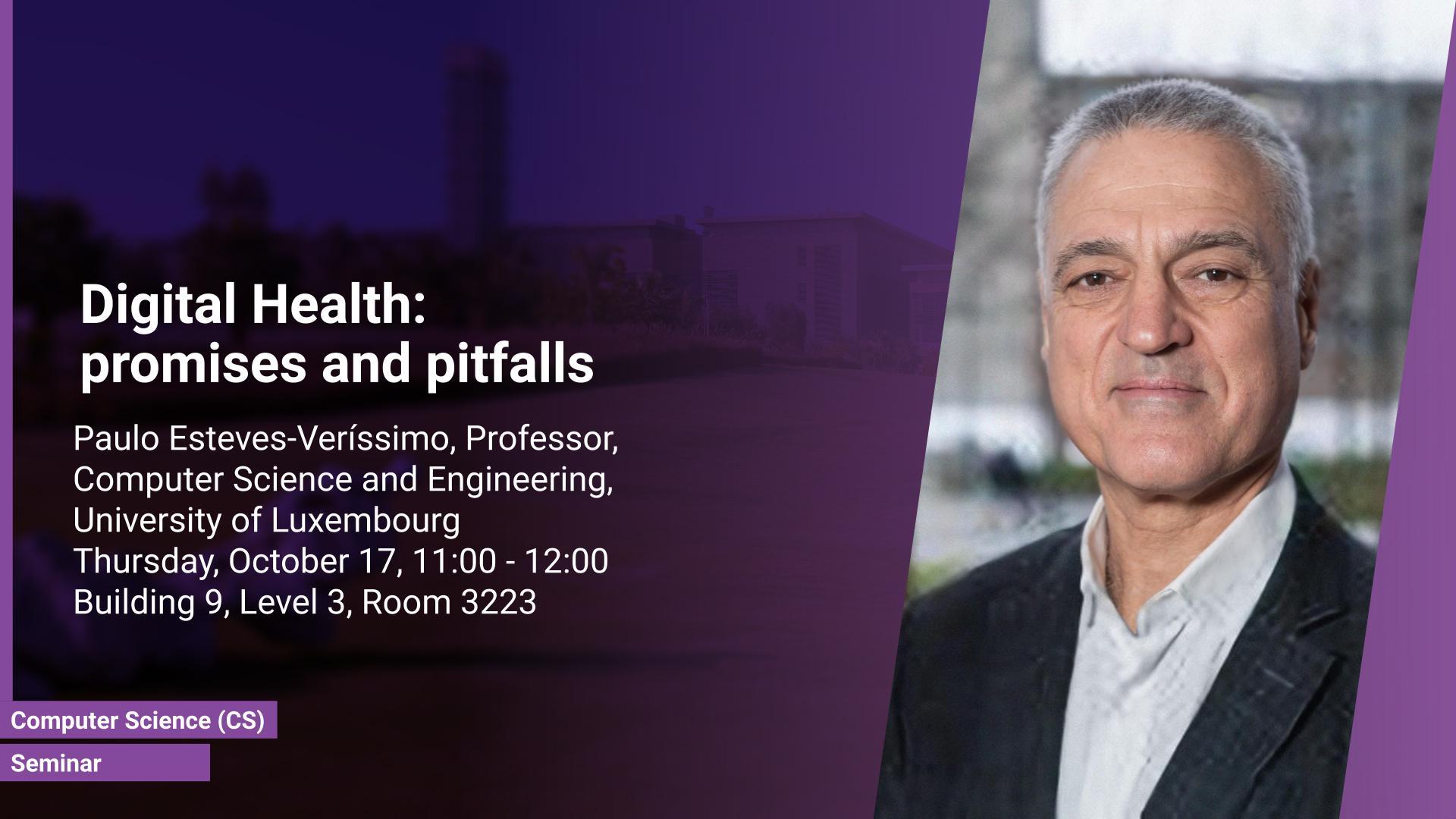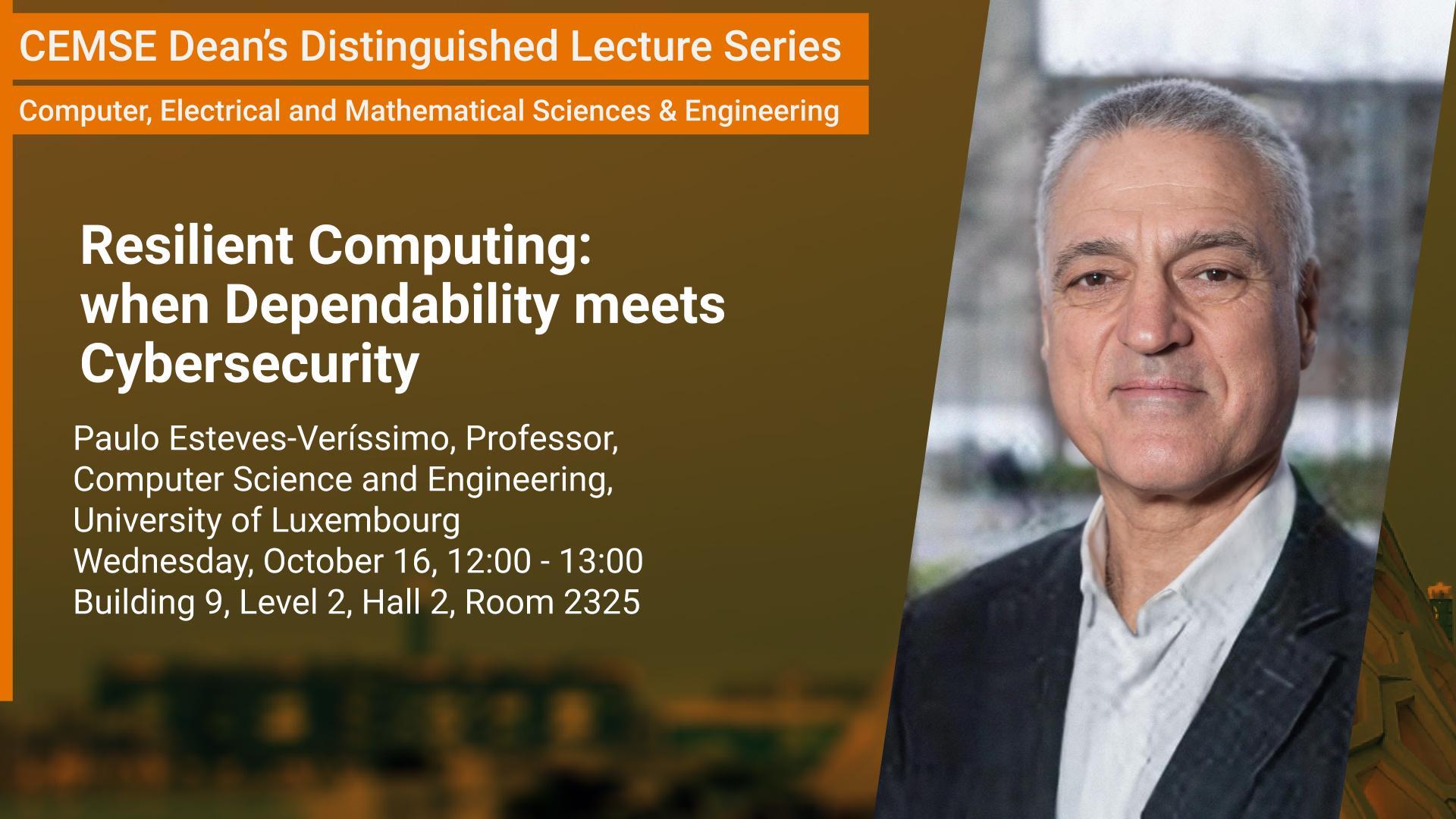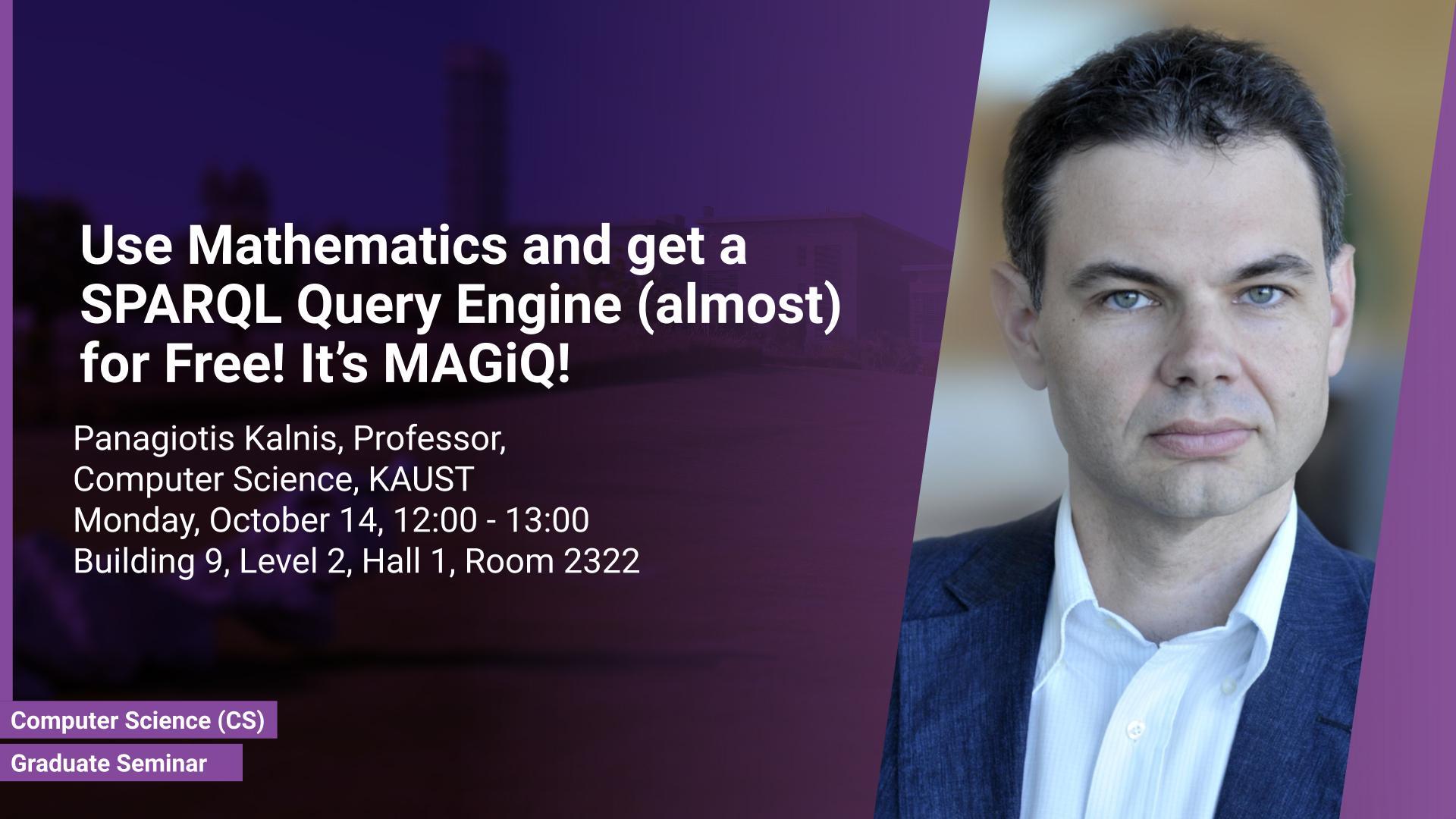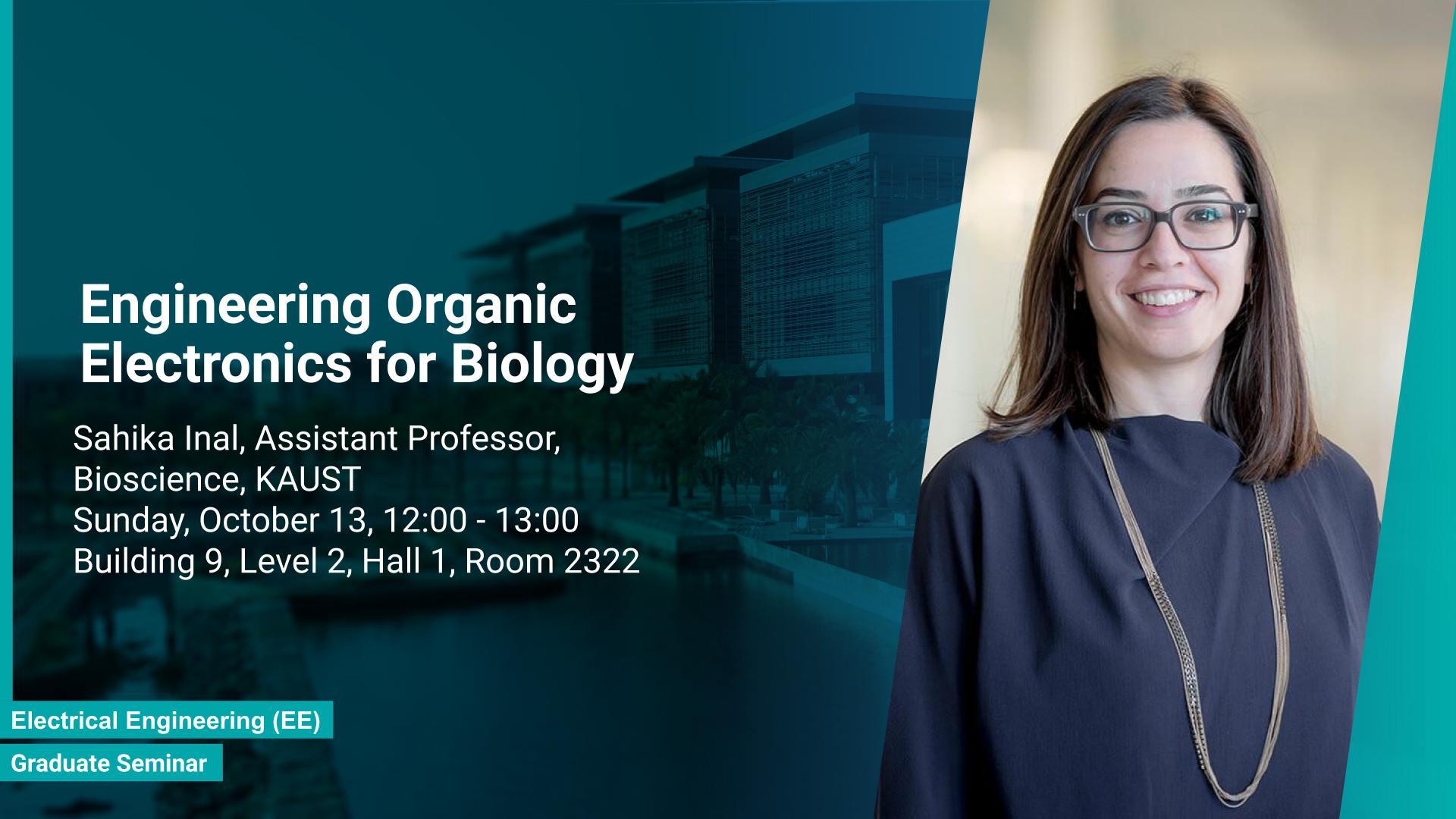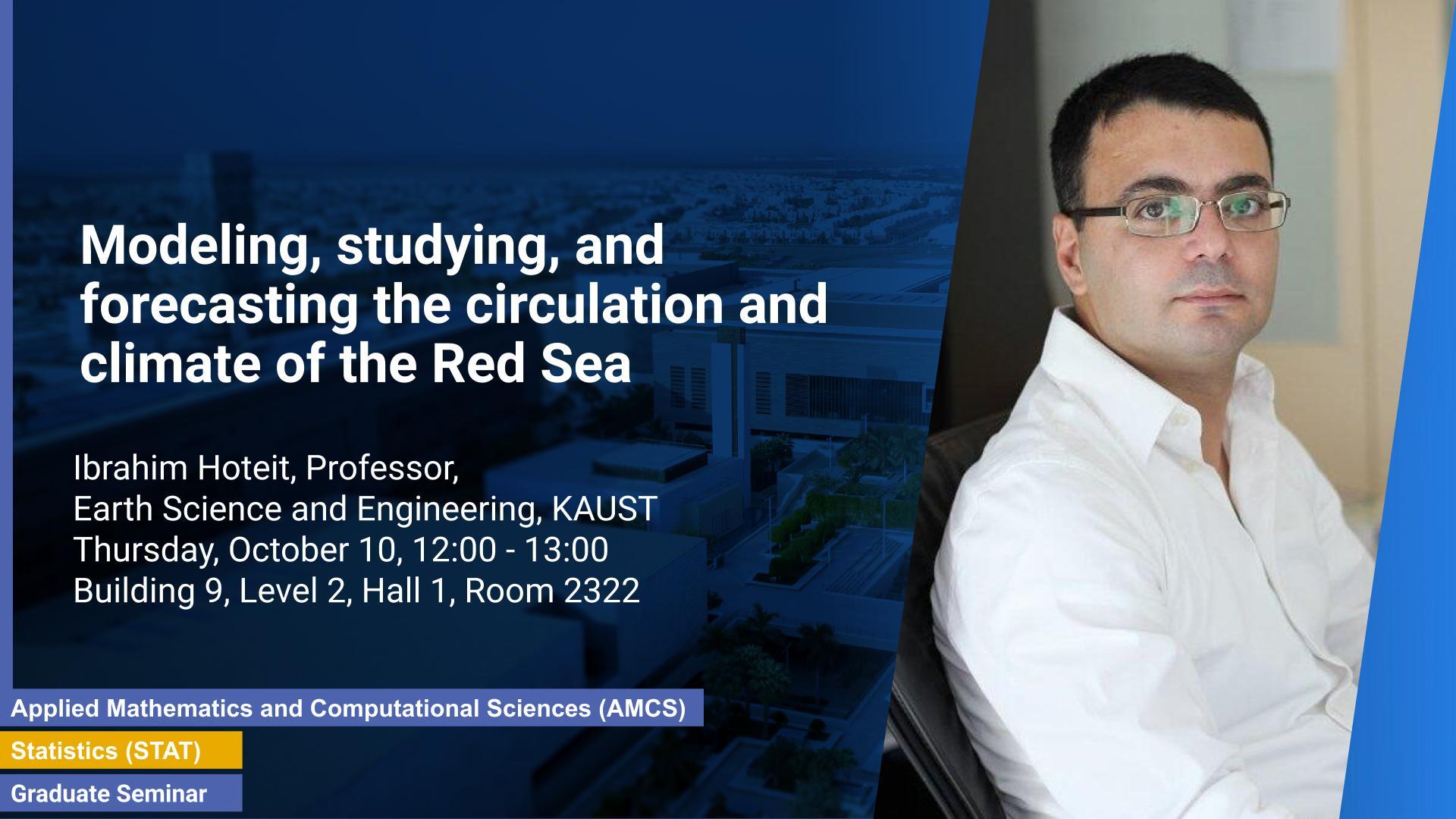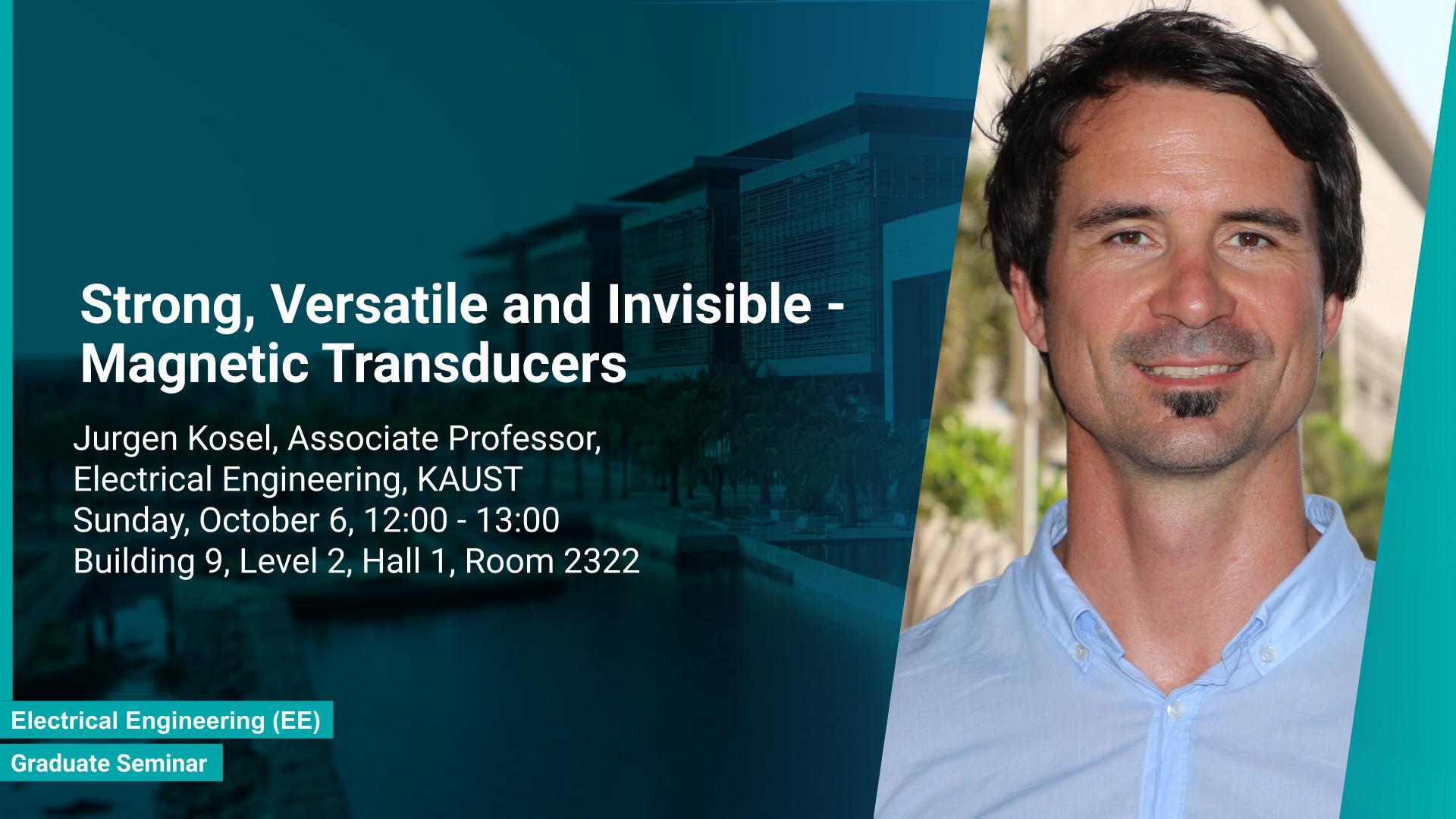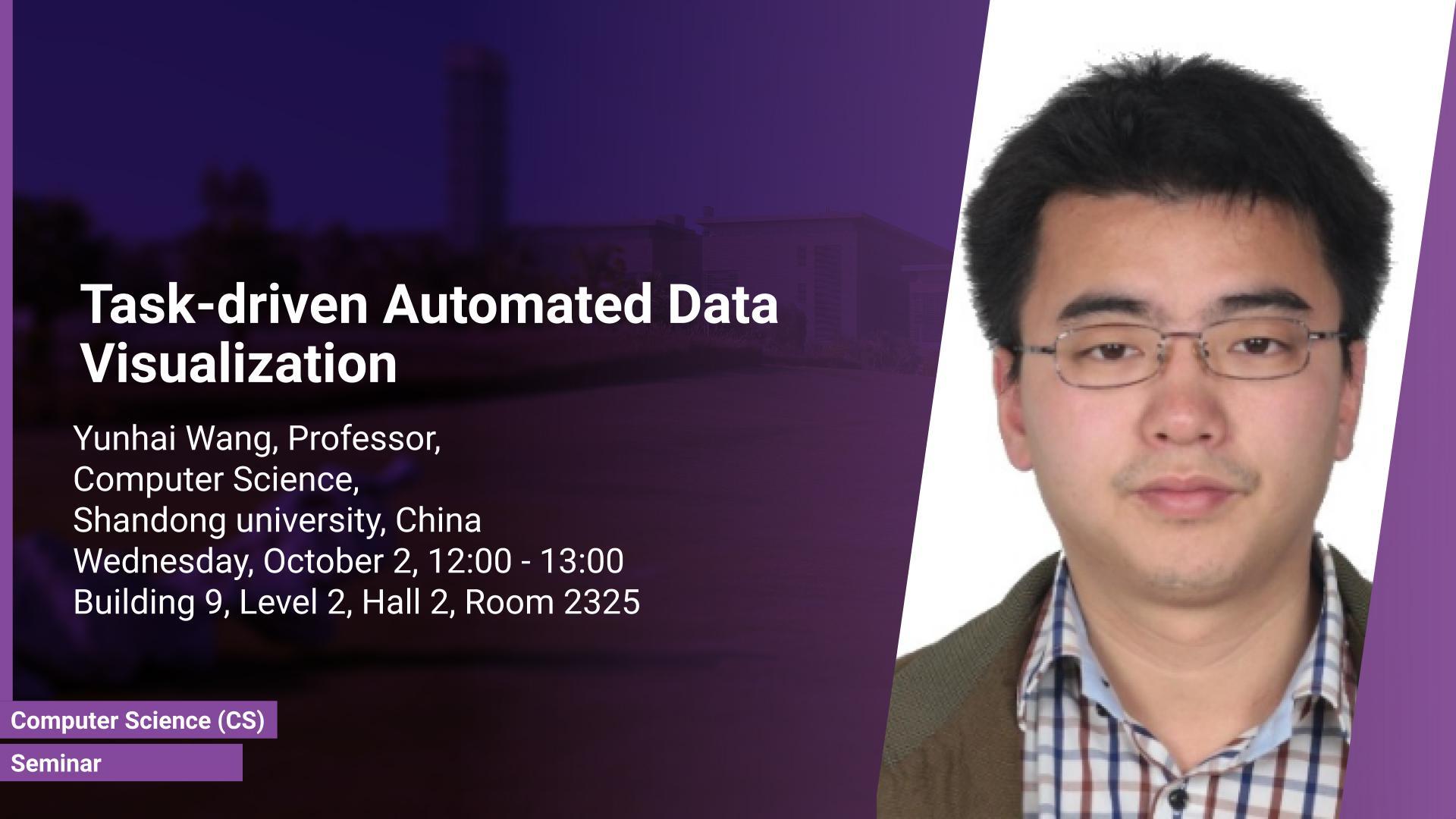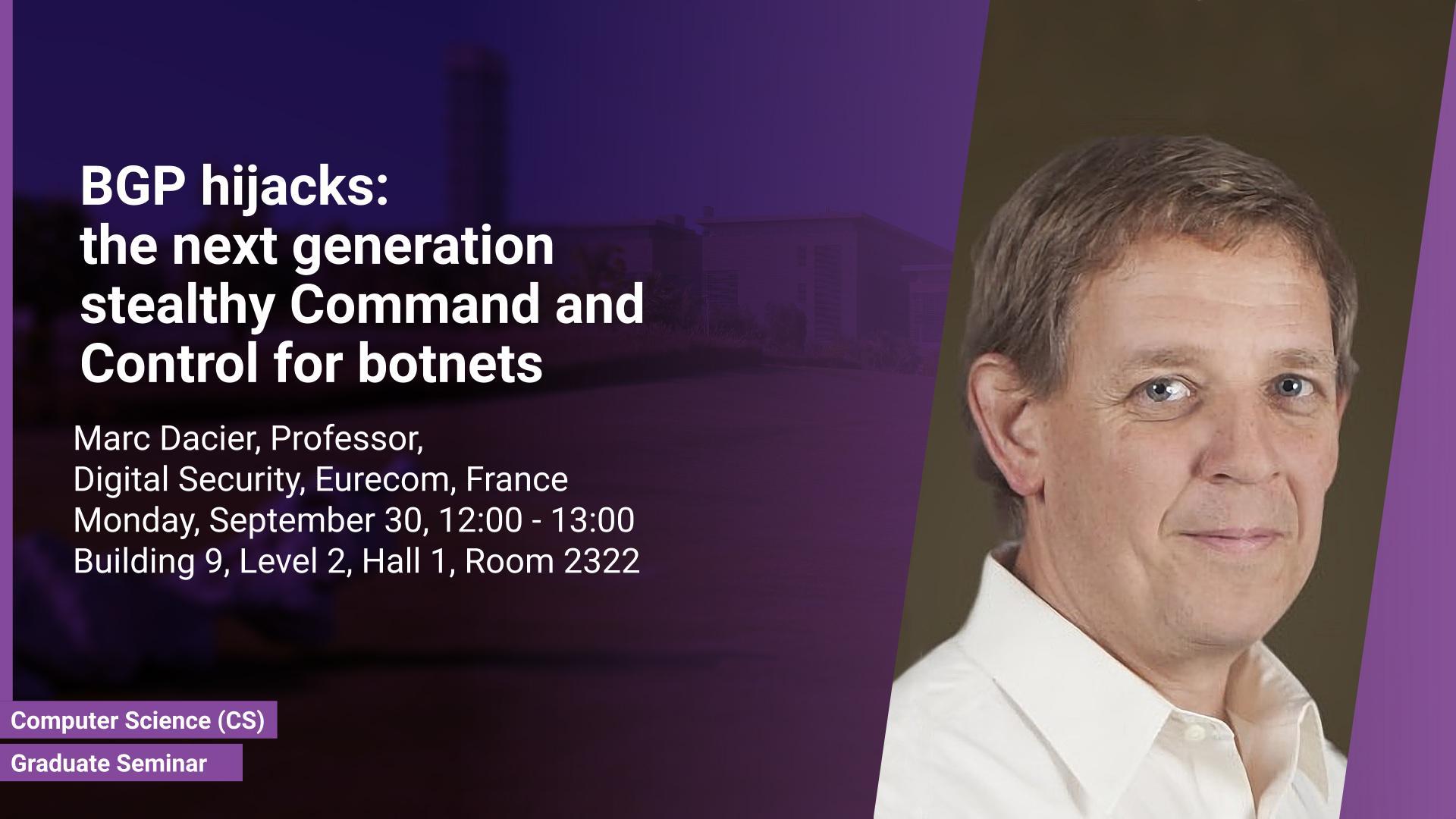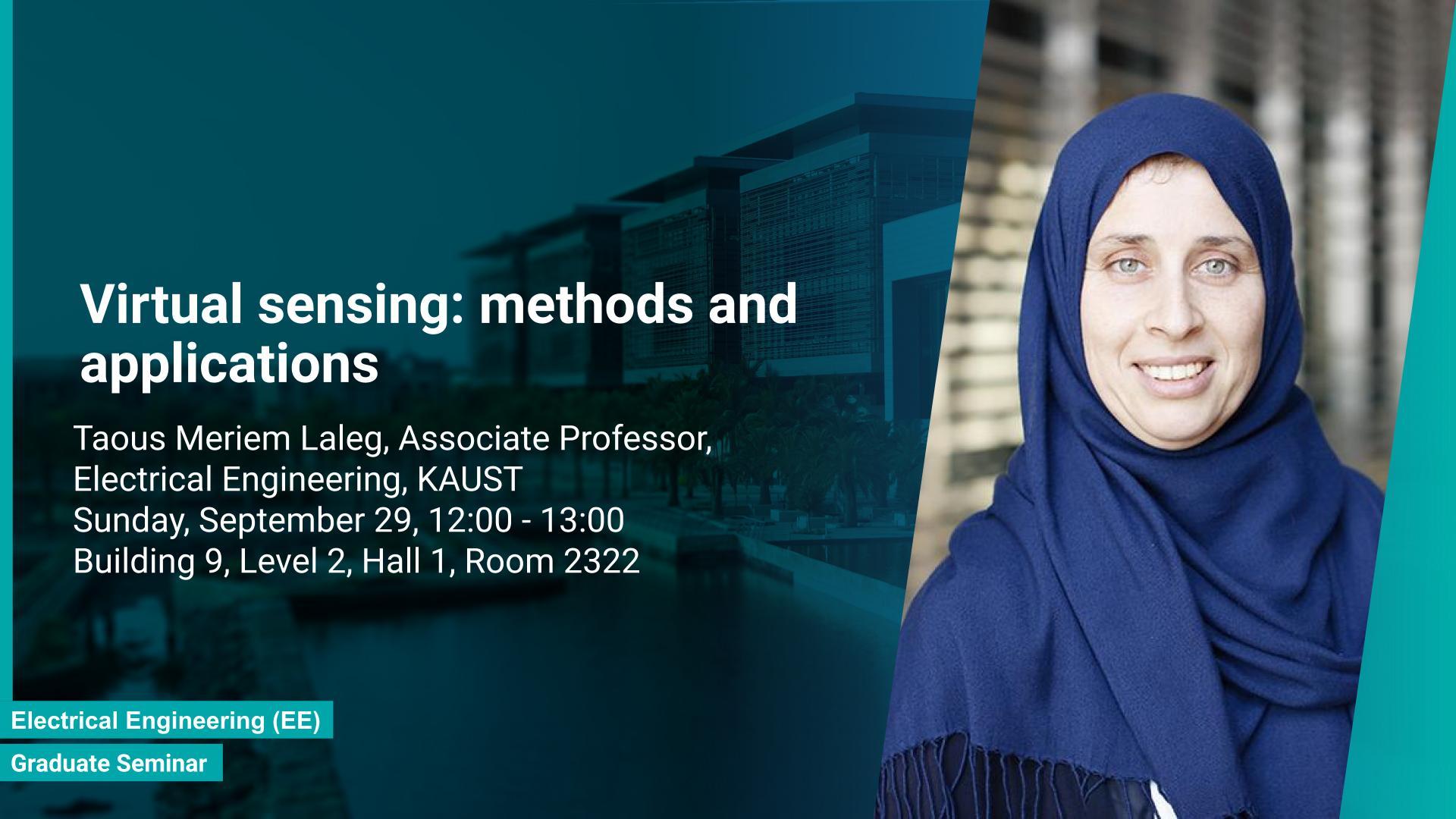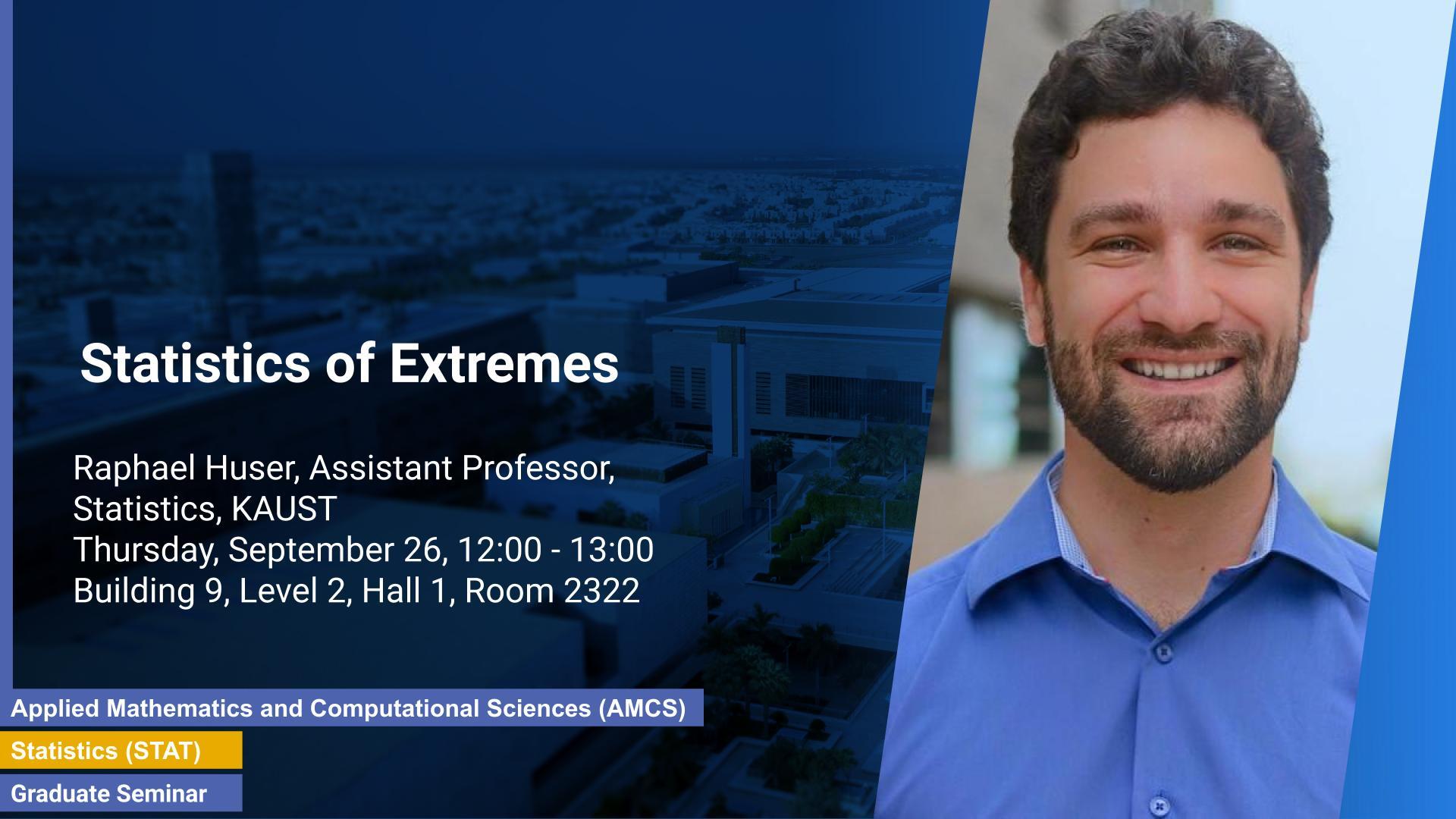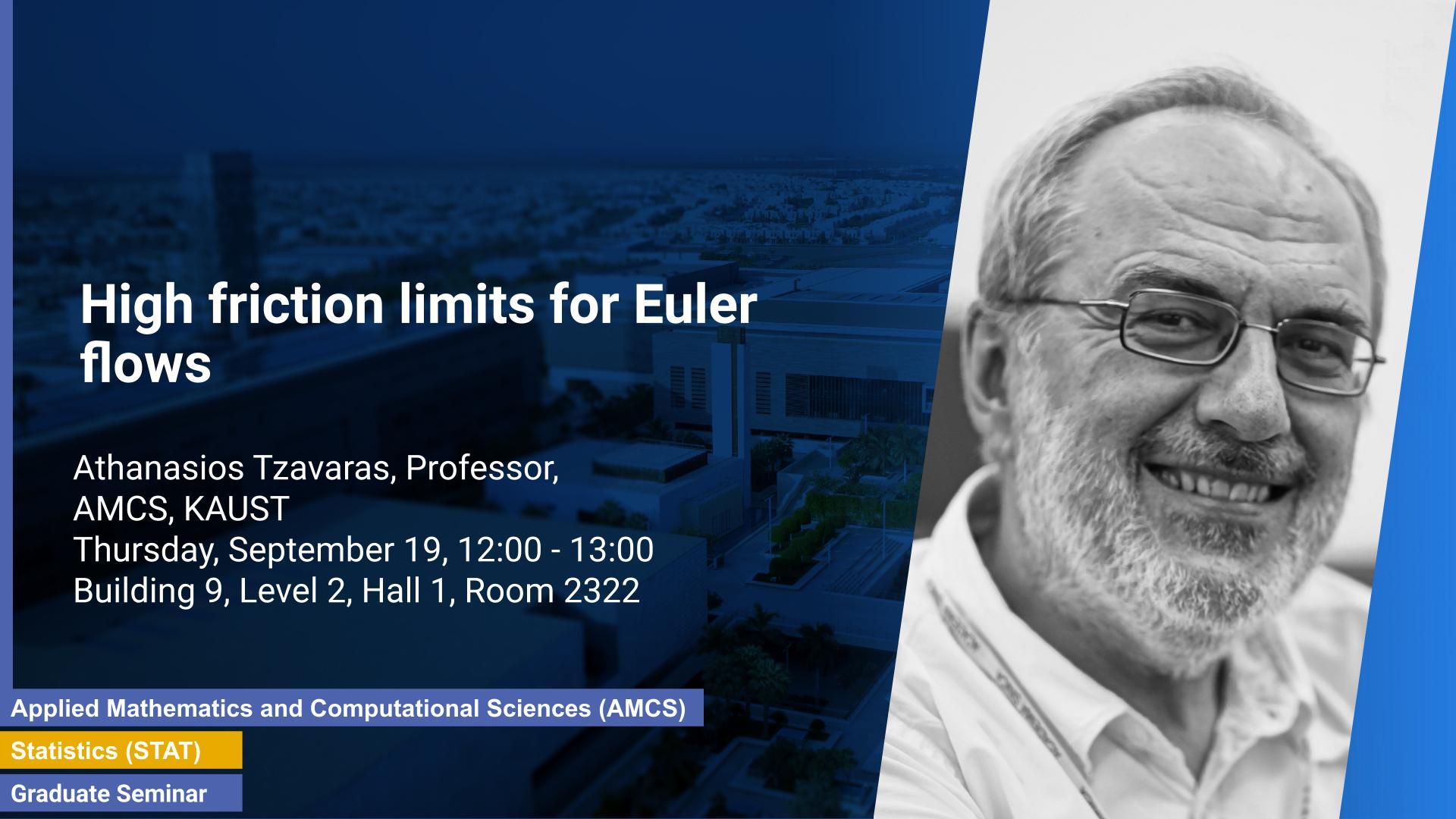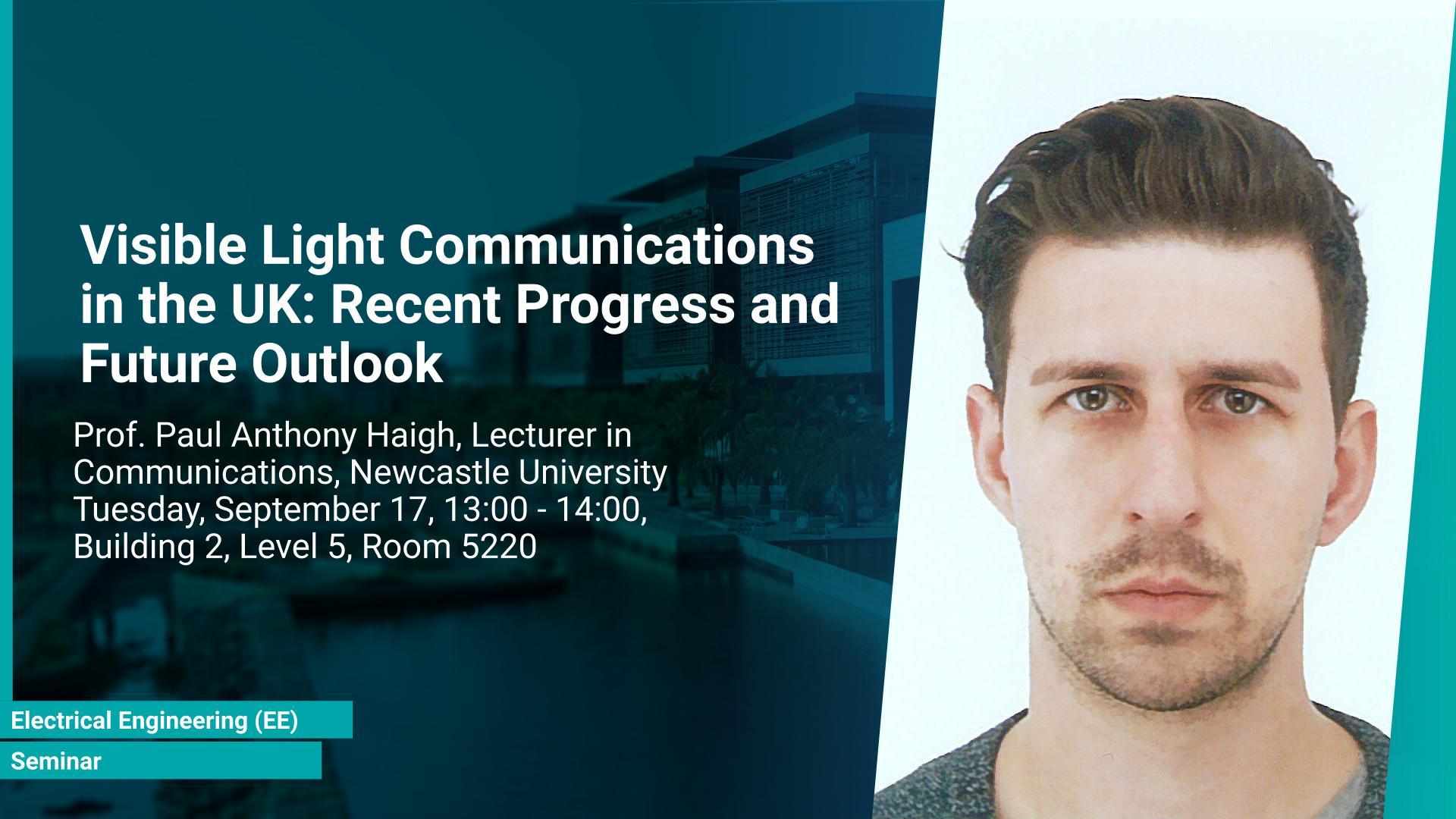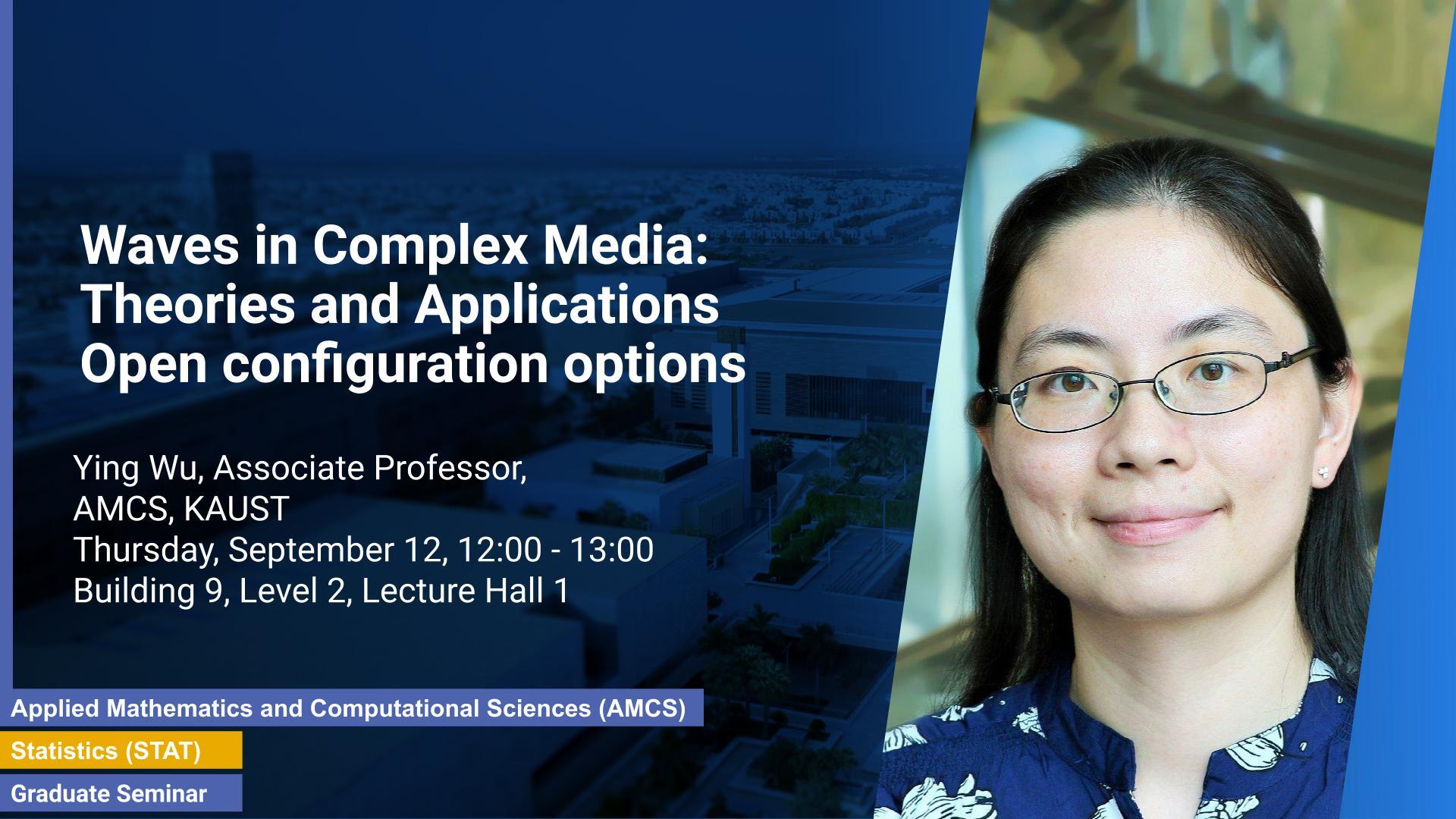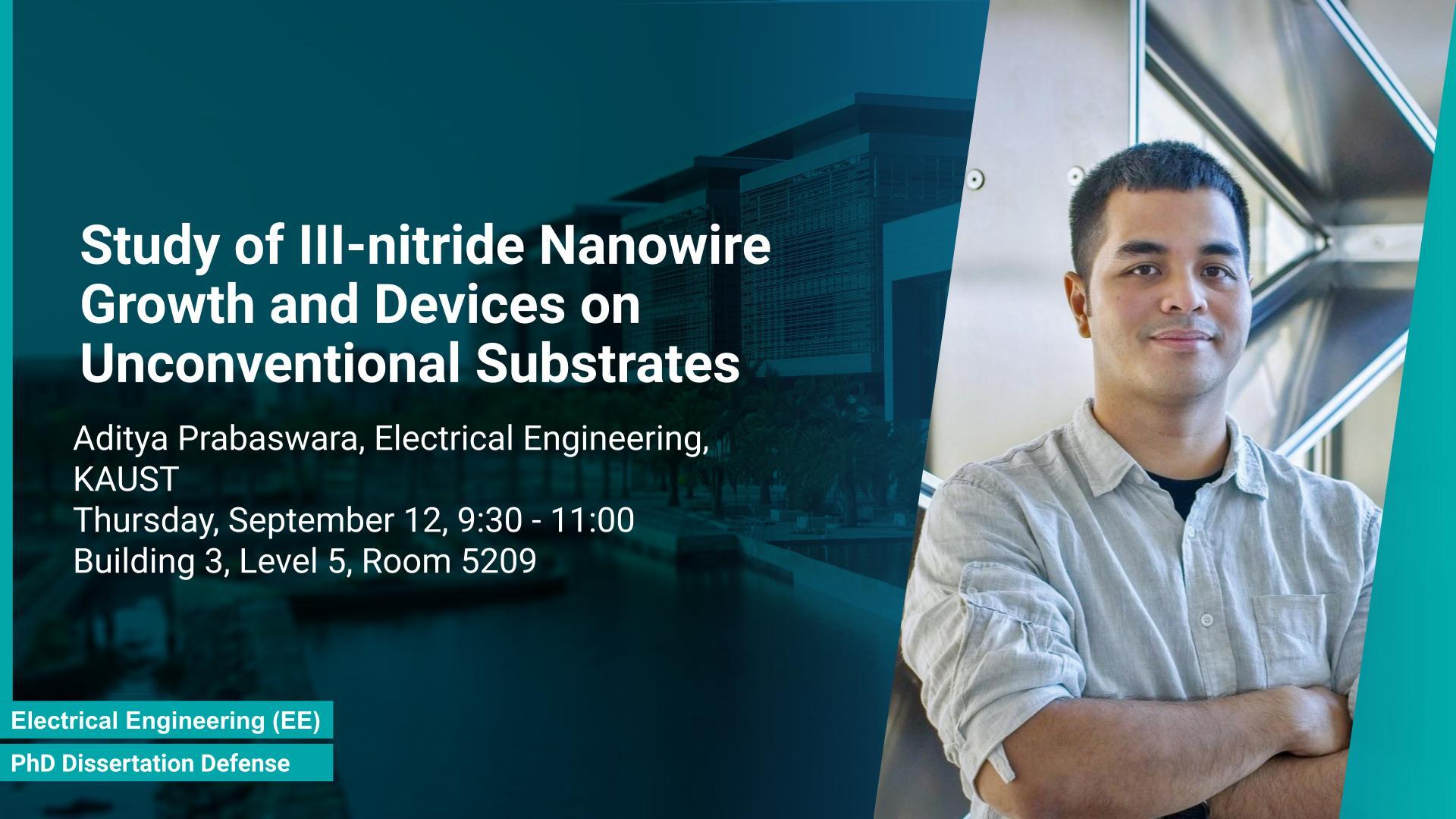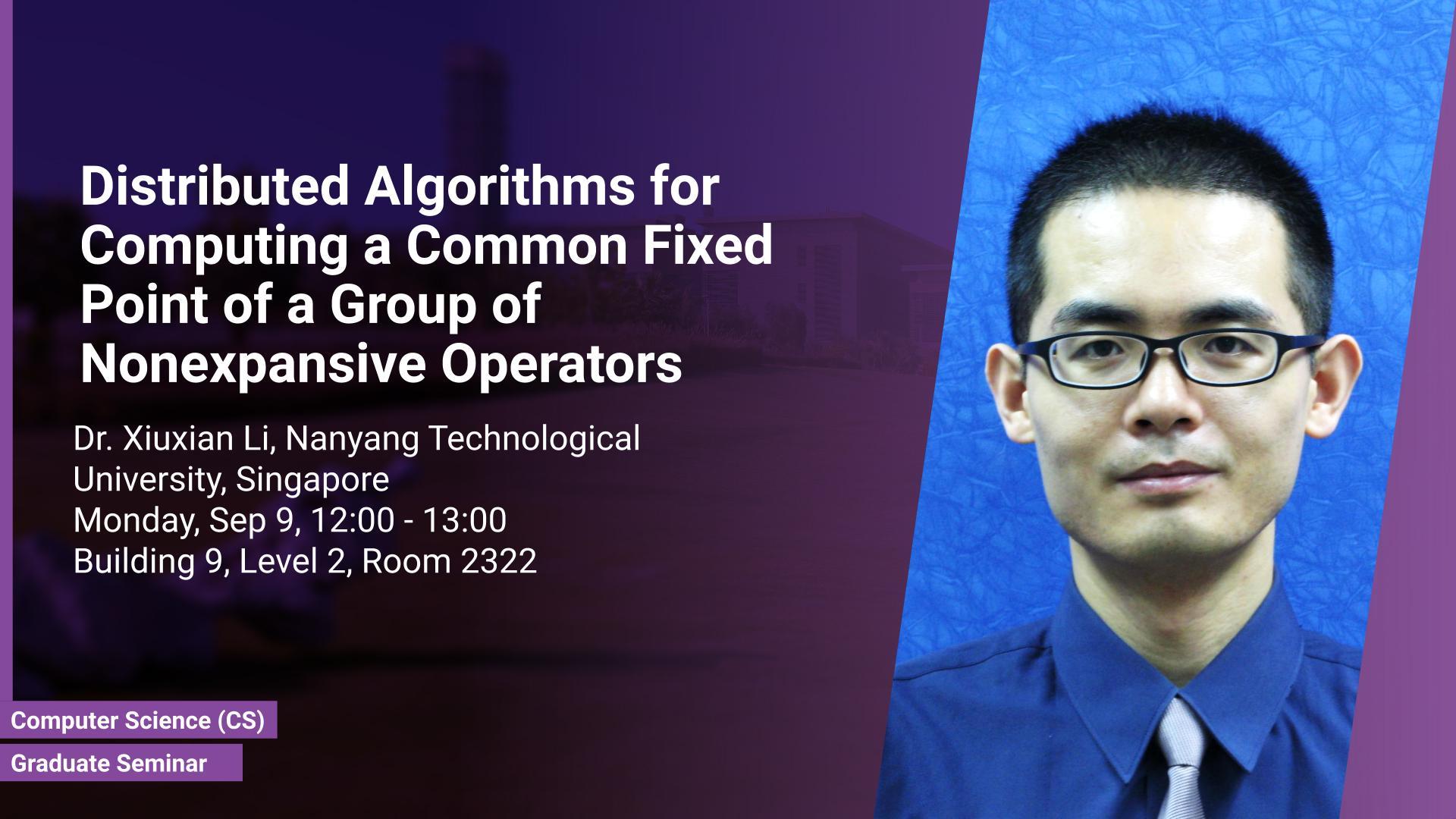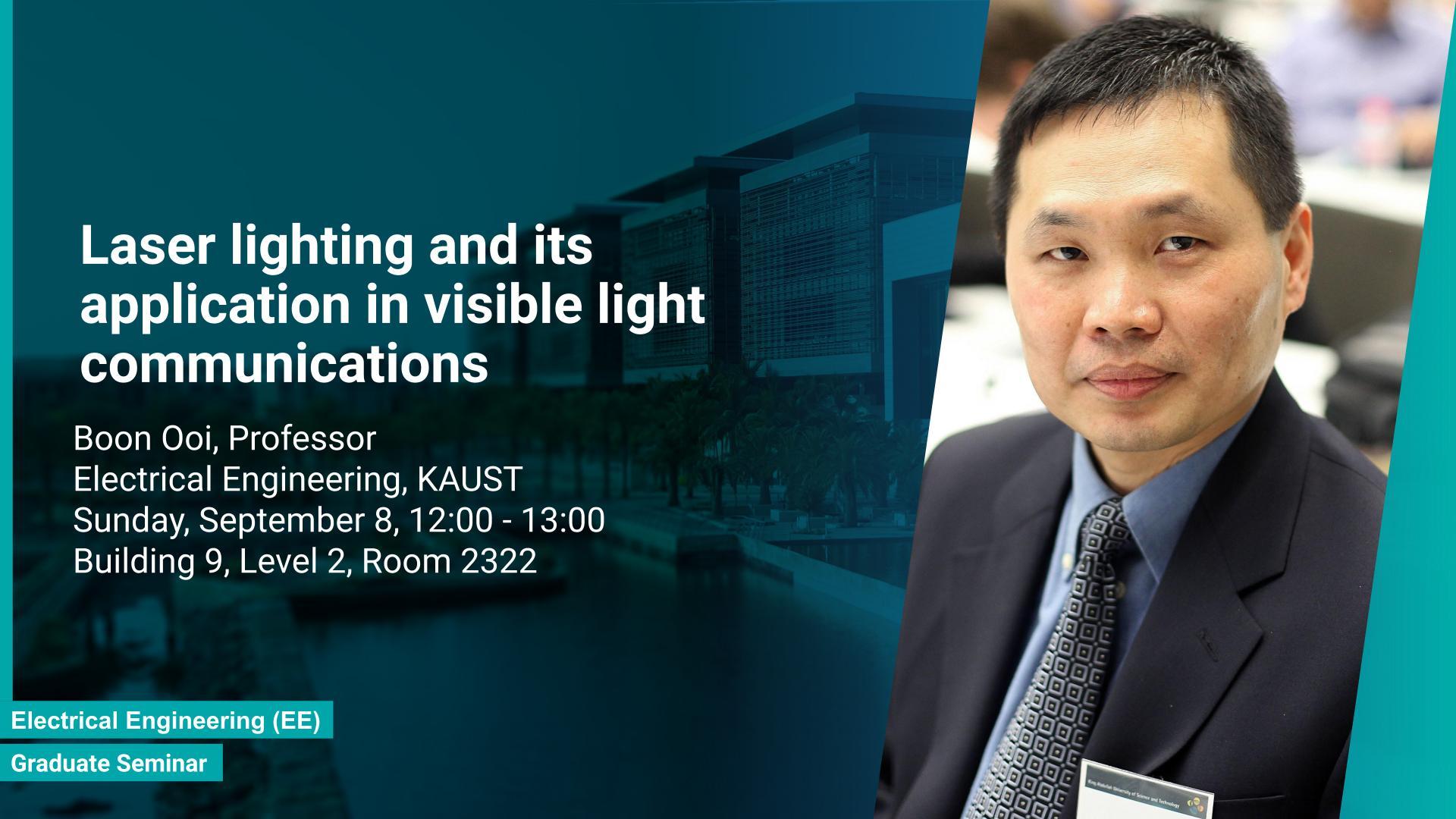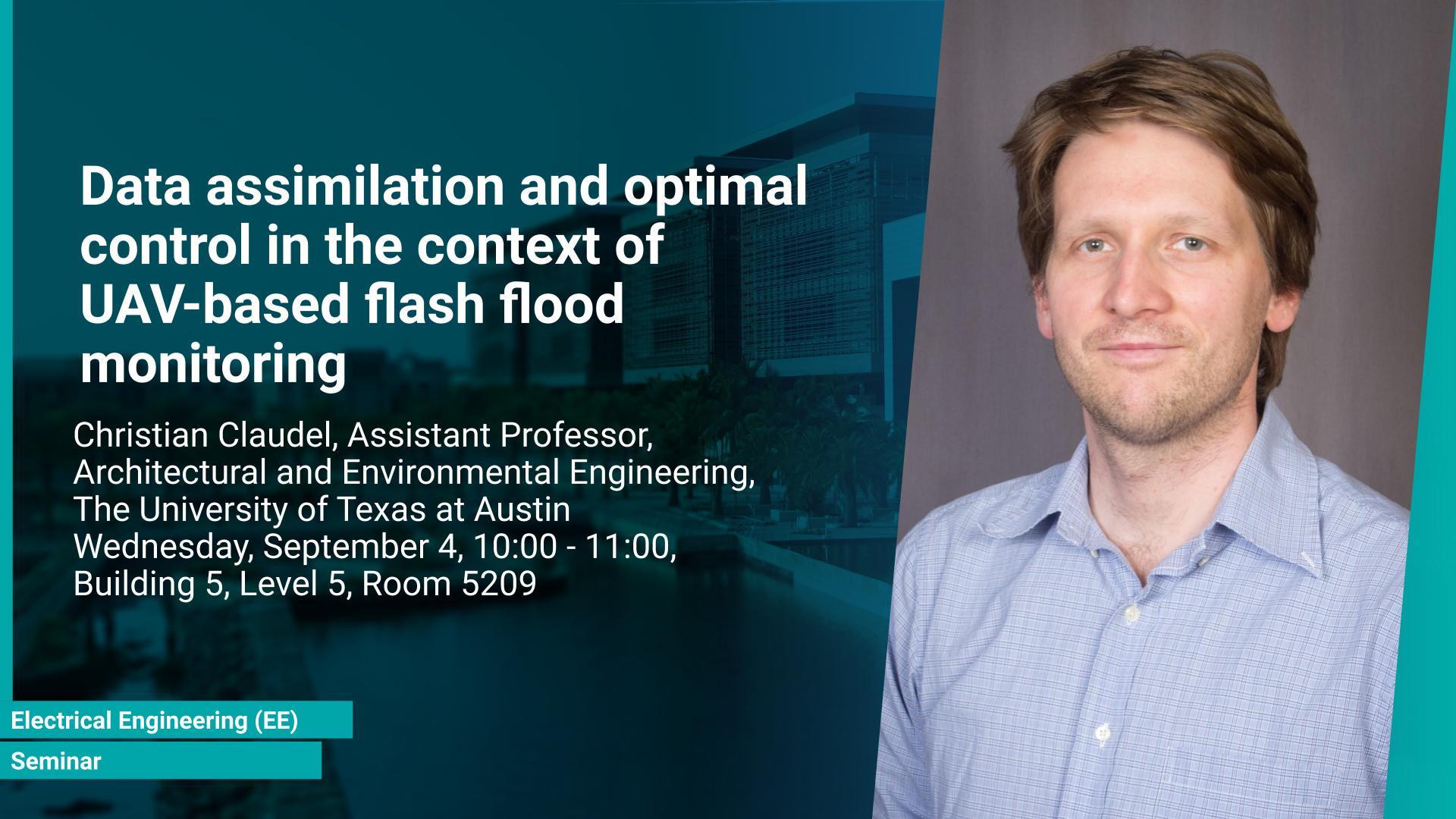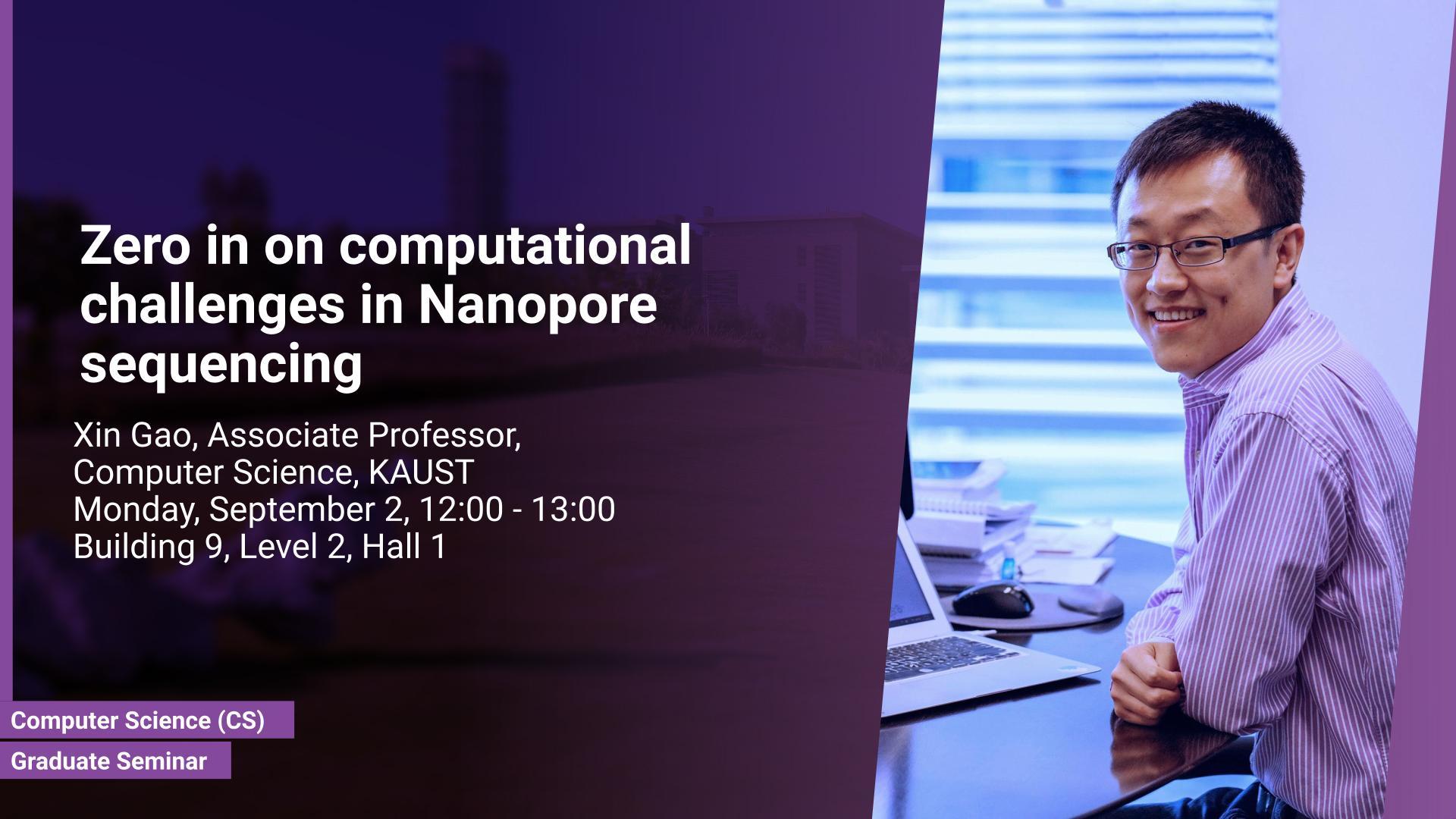Dr. Xiuxian Li, School of Electrical and Electronic Engineering, Nanyang Technological University, Singapore
Monday, September 09, 2019, 12:00
- 13:00
Building 9, Level 2, Hall 1
This talk is concerned with the problem of seeking a common fixed point for a finite collection of nonexpansive operators over time-varying multi-agent networks in real Hilbert spaces. Each operator is assumed to be only privately and approximately known to each individual agent, and all agents need to cooperate to solve this problem by local communications over time-varying networks. To handle this problem, inspired by the centralized inexact Krasnosel’ski˘ı-Mann (IKM) iteration, two distributed algorithms, called distributed inexact Krasnosel’ski˘ı-Mann (D-IKM) iteration and distributed inexact block-coordinate Krasnosel’ski˘ı-Mann (D-IBKM) iteration, are proposed. It is shown that the two algorithms can converge weakly to a common fixed point of the family of nonexpansive operators.
